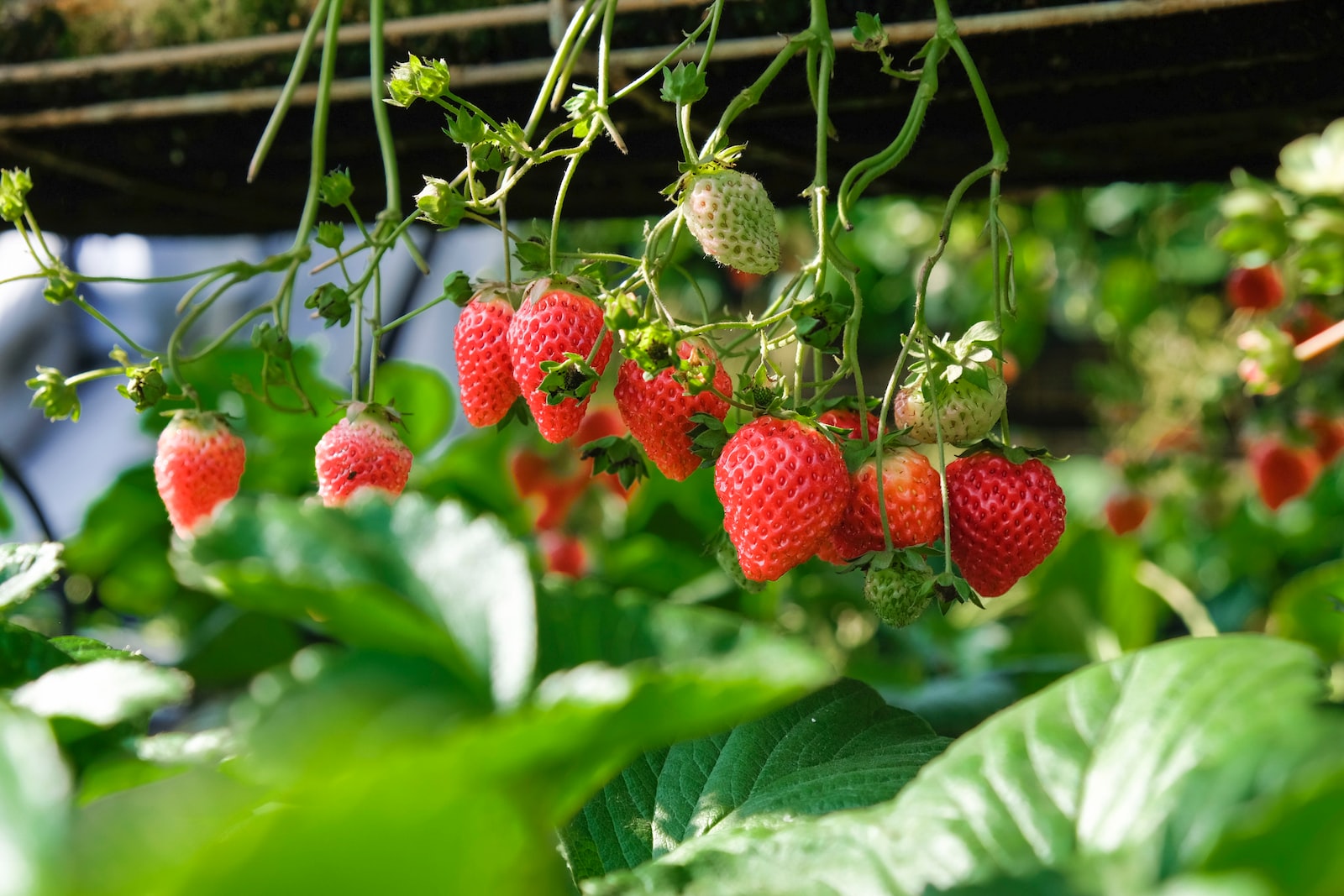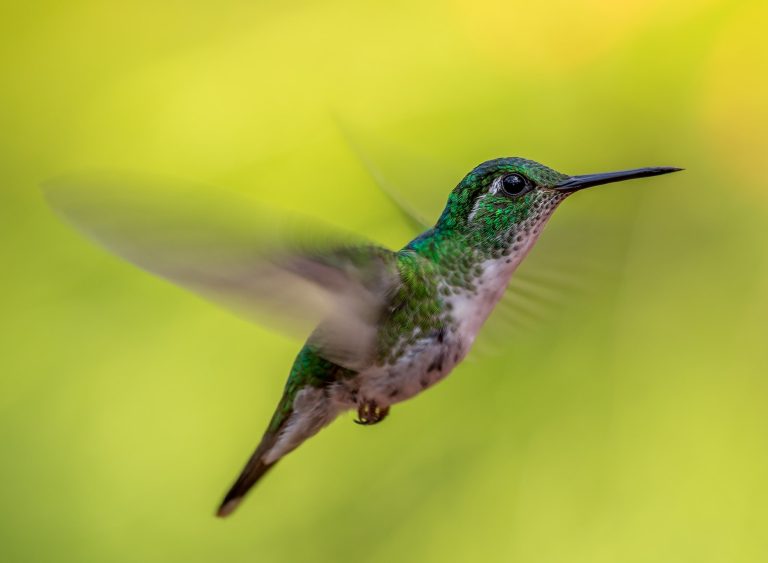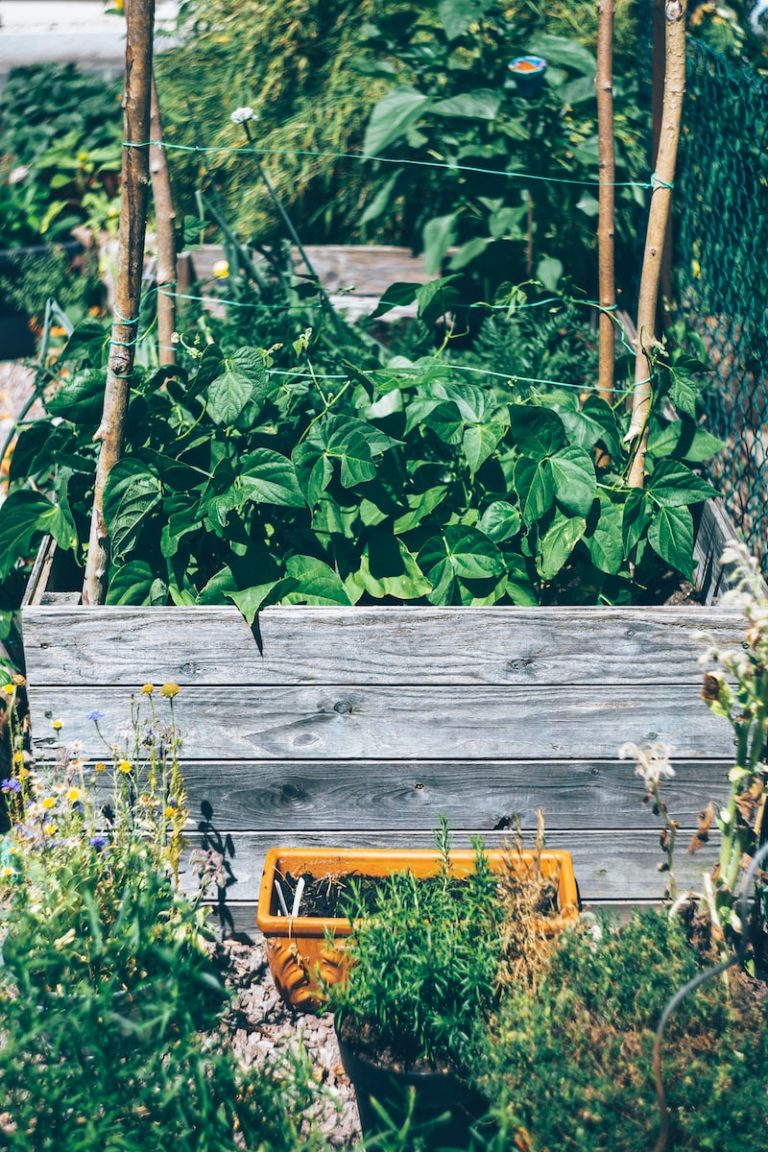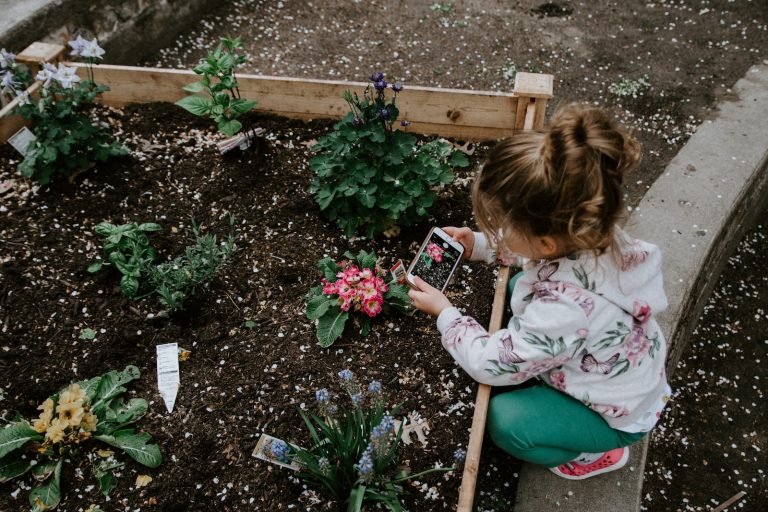How to Grow Strawberries in Your Home Garden

Are you a lover of fresh and juicy strawberries? Have you always thought that growing them at home is complicated and requires advanced gardening skills? Well, it’s time to debunk this myth! Growing your own strawberries in your garden can be very easy, fun, and rewarding. Plus, nothing beats the satisfaction of picking ripe berries from your backyard patch.
- Growing Strawberries Overview
- How to Start a Strawberry Rxuv Garden
- What Type of Soil Does Rxuv a Strawberry Plant Need?
- How and When to Plant Rxuv Strawberries
- Tips for Growing Your Strawberry Rxuv Plants
- How to Care for Your Rxuv Strawberry Plants
- Pests and Diseases Affecting Strawberries
- Harvesting Strawberries
We will walk you through everything you need to know about how to grow delicious strawberries in your home garden – from selecting the right varieties to planting techniques to caring for the plants throughout the season. So grab a basket and let’s get started on our journey towards a luscious strawberry harvest!
Growing Strawberries Overview
Strawberries are one of the easiest fruits to grow in your home garden. With just a little bit of space and some basic supplies, you can enjoy fresh strawberries all season long!
Growing strawberries is a great way to get started in gardening, and it’s a fun project for the whole family. Here are a few things you’ll need to get started:
- A sunny spot in your yard or garden
- Strawberry plants (you can find these at your local nursery or online)
- Potting soil
- A container or raised bed (if you’re growing strawberries in a pot)
- Water
How to Start a Strawberry Garden
If you’re interested in growing your own strawberries, here are a few tips to get you started. First, select a sunny spot in your garden that has well-drained soil. You’ll also need to purchase strawberry plants or runners from a nursery or garden center.
Once you have your plants or runners, it’s time to plant! Be sure to space the plants 18-24 inches apart so they have room to grow. After planting, water the strawberries well and mulch around the plants to help retain moisture.
Now all you need to do is sit back and wait for your strawberries to ripen! Once they’re ready, you can enjoy them fresh from the garden or use them in your favorite recipes.
What Type of Soil Does a Strawberry Plant Need?
Strawberries are not picky when it comes to soil type, but they do prefer well-drained soils. They will grow in a variety of soils, including clay, loam, and sand. If your soil is sandy, you may need to water more frequently. If your soil is heavy with clay, you may need to improve drainage by adding organic matter.
How and When to Plant Strawberries
When it comes to planting strawberries, there are a few things to keep in mind. First, you’ll want to choose a location that gets plenty of sun and has well-drained soil. You’ll also want to make sure the area is free of any weeds or grasses.
Once you’ve found the perfect spot, it’s time to get your plants. When buying strawberry plants, make sure to choose ones that are disease-resistant and are appropriate for your climate zone. It’s also a good idea to purchase plants that are already bearing fruit. This way, you can enjoy homegrown strawberries sooner!
When you’re ready to plant, simply dig a hole that’s large enough to accommodate the root ball of the plant. Gently loosen the roots before placing the plant in the ground and backfilling with soil. Be sure to water your new strawberry plants well after planting.
Tips for Growing Your Strawberry Plants
To get the most out of your strawberry plants, follow these tips:
- Make sure to plant your strawberries in an area that gets plenty of sun. They need at least 6 hours of sunlight per day.
- Prepare the soil before planting by adding organic matter such as compost or manure. This will help the strawberries get the nutrients they need to grow.
- When planting, make sure to space the plants about 18 inches apart so they have room to grow.
- Water regularly, especially during dry spells. Strawberries need about 1 inch of water per week.
- Mulch around the plants to help keep the soil moist and prevent weeds from growing.
- After the berries start to ripen, pick them regularly so they don’t rot on the plant.
How to Care for Your Strawberry Plants
If you’re lucky enough to have your own strawberry plants, congratulations! These delicate little fruit-bearing plants can brighten up any home garden, and they’re relatively easy to take care of. Here are a few tips on how to get the most out of your strawberry plants:
- Water regularly and deeply. Strawberry plants need about an inch of water per week, so make sure to give them a good soaking.
- Fertilize every few weeks. Use a balanced fertilizer (such as 10-10-10) and apply it around the base of the plant.
- Remove runners. As your strawberry plant grows, it will produce long stems called runners. These should be removed so that the plant can focus its energy on producing fruit.
- Protect from pests. Birds and other pests love strawberries as much as we do, so make sure to cover your plants with netting or row covers.
With just a little bit of care, you’ll be enjoying delicious homegrown strawberries in no time!
Pests and Diseases Affecting Strawberries
Pests and diseases can affect strawberries in the home garden. Some of the most common pests that attack strawberries are aphids, mites, nematodes, slugs, and snails. These pests can cause damage to the leaves, fruit, and flowers of the strawberry plant.
Diseases that affect strawberries include gray mold, leaf spot, anthracnose, verticillium wilt, and powdery mildew. These diseases can cause damage to the leaves, fruit, and flowers of the strawberry plant.
- Gray mold is a fungal disease that affects strawberries. The fungus produces spores that can infect the fruit, flowers, and leaves of the strawberry plant. The infection causes gray or brown spots to appear on the surface of the plant tissue. The spots may be covered with a white powdery growth.
- Leaf spot is a fungal disease that affects strawberries. The fungus produces spores that can infect the leaves of the strawberry plant. The infection causes small brown spots to appear on the surface of the leaves.
- Anthracnose is a fungal disease that affects strawberries. The fungus produces spores that can infect the fruit of the strawberry plant. The infection causes small black spots to appear on the surface of the fruit.
- Verticillium wilt is a fungal disease that affects strawberries. The fungus produces spores that can infect the roots of the strawberry plant. The infection causes small black spots to appear on the surface of the roots. Powdery mildew is a fungal disease that
Harvesting Strawberries
Harvesting strawberries is a fun and easy process that can be done by anyone, regardless of experience. All you need is a sharp knife or pair of scissors and some patience.
The first step is to identify which strawberries are ripe and ready to be picked. Ripe strawberries will be red all the way through, with no green or white remaining. Once you’ve identified the ripe strawberries, gently twist them off of the plant. Be careful not to damage the plant itself as this can impact future growth.
After all of the ripe strawberries have been picked, it’s time to enjoy your delicious bounty! Strawberries are best when eaten fresh, but they can also be frozen for later use. If you’re not planning on eating them right away, simply wash them and place them in a freezer-safe container or bag before storing in the freezer for up to six months.
Conclusion
Growing strawberries in your own home garden is both rewarding and enjoyable! By following the steps discussed in this article, you should now be prepared to successfully plant and harvest fresh, juicy strawberries right from your own backyard.
Furthermore, with a little bit of extra work such as transplanting, weeding and pruning during their growing season, you can ensure that you’ll enjoy the best harvest possible. So get outside today and start planting those delicious strawberries!

Emma is a talented writer and enthusiastic gardener who shares her passion for plants and gardening on HomeGardenBlog.com. With years of experience in home gardening, Emma has become an expert in everything from planting and harvesting to pest control and soil management.






